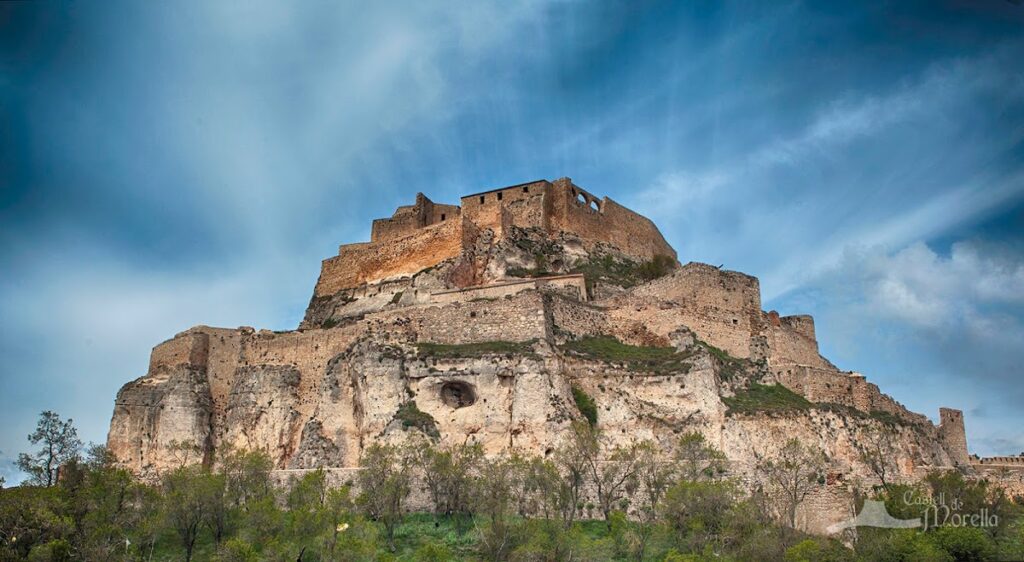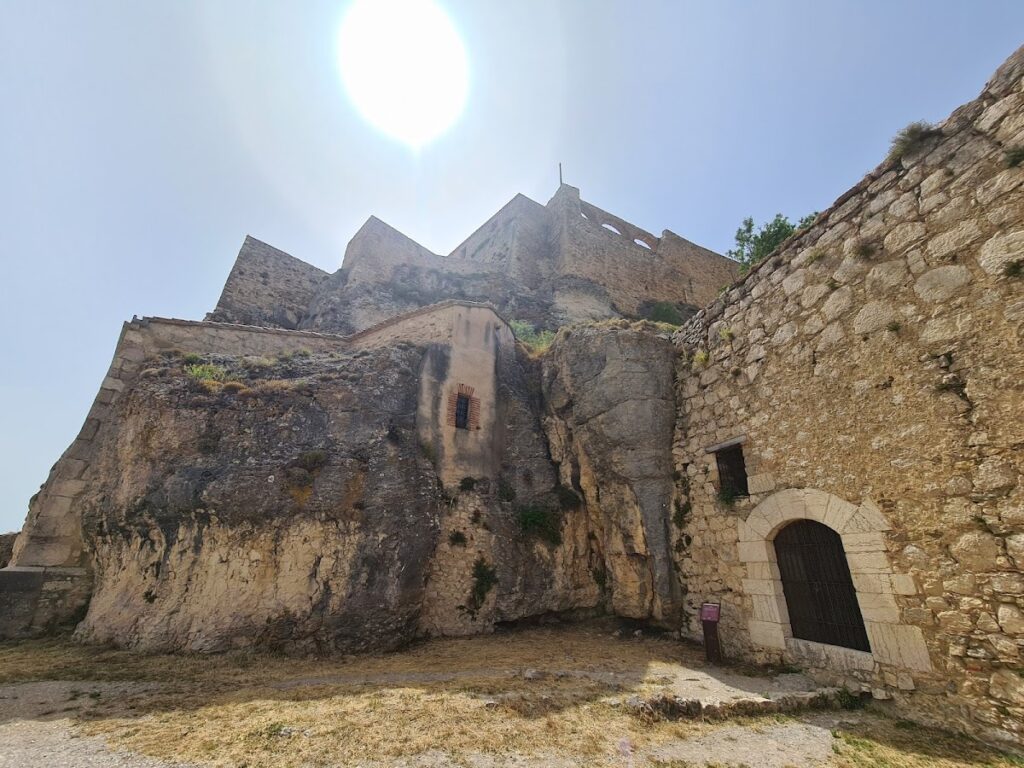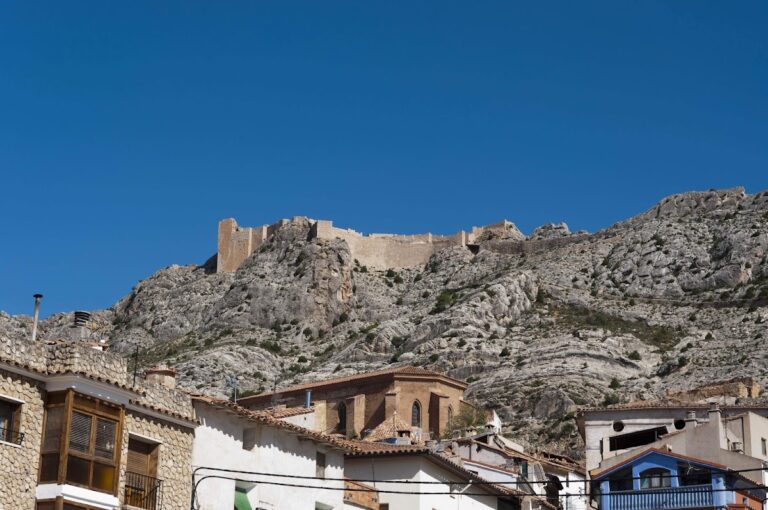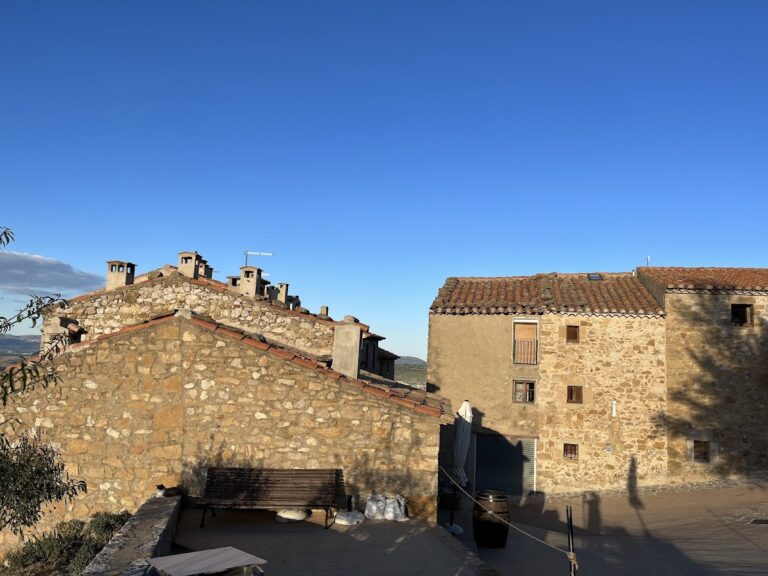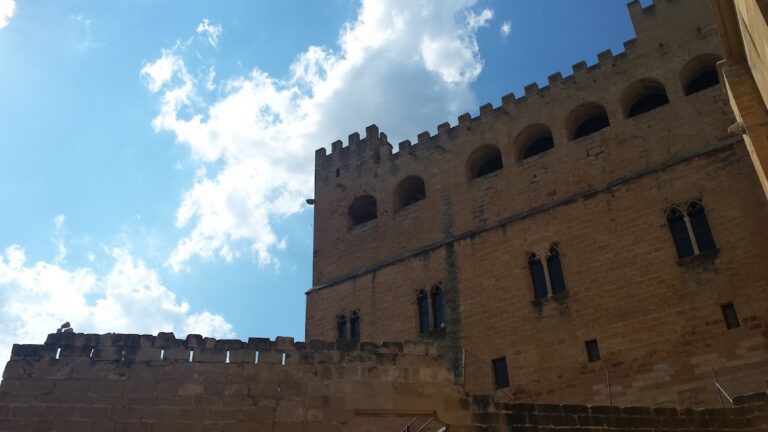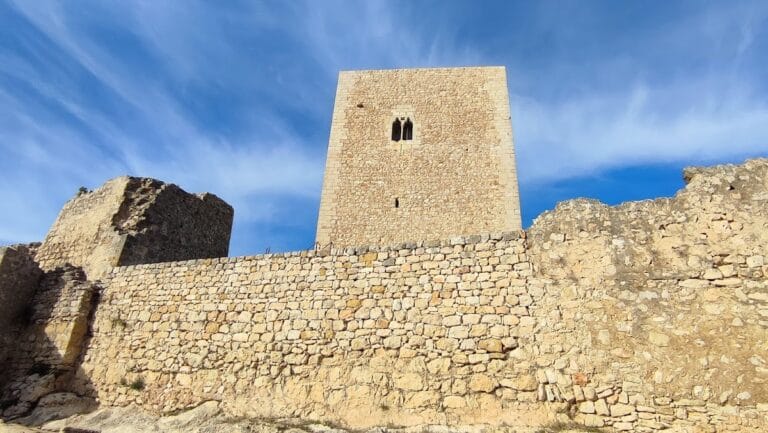Morella Castle: A Historic Fortress in Spain
Visitor Information
Google Rating: 4.5
Popularity: Medium
Google Maps: View on Google Maps
Official Website: www.morella.net
Country: Spain
Civilization: Unclassified
Remains: Military
History
Morella Castle stands above the town of Morella in Spain, a site long occupied by various civilizations. Its position atop a rocky promontory known as La Mola has made it strategic since prehistoric times, with evidence of human presence dating back to the third millennium BCE. Over the centuries, the site saw layers of settlement from Iberian peoples, Roman inhabitants, and later Muslim and Christian rulers.
The castle’s current structure traces its origins to the 13th century when Muslim inhabitants of the area erected the initial fortress. This original build incorporated elements characteristic of Islamic architecture, reflecting the castle’s place within the medieval Muslim realm. Following the Reconquista, the Christian king Jaime I took control of the fortress, initiating a series of modifications that adapted it to European medieval defensive needs.
Throughout the ensuing centuries, Morella Castle played a vital role in regional conflicts. Historical accounts include involvement in the struggles featuring the legendary warrior El Cid. Later, the fortress was significant during the War of Spanish Succession in the early 18th century, followed by active roles during the Carlist Wars of the 19th century. One notable moment occurred in 1838 when Carlist troops under Ramon Cabrera seized the castle. The next year, Baron Wilhelm von Radhen, a Prussian military engineer, oversaw restructuring efforts that introduced modern defensive improvements.
The castle endured damage during a bombardment in 1840 by forces loyal to Espartero, which destroyed the powder magazine. A tower named Torre de la Pardala recalls Josefa Bosch, a local figure who led resistance efforts before being captured by Napoleonic soldiers. Morella Castle was officially recognized for its cultural importance on June 3, 1931, when it was declared a historic-artistic monument and included in the National Heritage registry. Access to the castle today is gained through the cloister of the Convent of San Francisco, and ongoing restoration has aimed to conserve its historical fabric.
Remains
Morella Castle occupies a rugged natural summit, integrating the rocky terrain into its fortifications. The complex is organized into three distinct levels. The lowest contains the main entrance alongside the Governor’s Palace and is encircled by defensive walls upheld by fourteen towers. Most of these towers are semicircular, built with stone masonry, a sturdy technique involving carefully shaped stones set into place. Among them is the rectangular Torre del Pantó, which dates back at least to the 15th century and stands as one of the castle’s documented stone structures from that era.
Above this, the middle level once housed artillery batteries, reflecting adaptations for gunpowder weaponry in post-medieval conflicts. The uppermost section is the heart of the fortress, containing the main castle where several historical transformations occurred. The Torre Celoquia, situated in the southeast corner, served as the Christian keep during and after the War of Spanish Succession and the Carlist Wars. This tower was heavily bombarded in 1813 and was reworked during the 13th century. Historical documents from the 18th century describe it as having three vaulted floors but lacking internal staircases, requiring movement through adjacent buildings.
Entry to the upper castle involves a staircase originally comprising ninety steps, of which 54 remain intact. This stairway leads to a gate and then into the central plaza, or plaza de armas, a space that once functioned as the fortress’s main courtyard. In the plaza’s center lies a Roman-era aljibe, a cistern originally used for collecting and storing water, now topped by a sentry box from the 19th century and flanked by remains of a small guardhouse. This combination of features shows the castle’s layering of different historical periods and uses.
South of the plaza are remnants of a building with a partial basement that connects to the Torre Celoquia. The tower’s basement at one time housed a chapel dedicated to saints Santa Bárbara and Santa Magdalena until the 18th century. After this religious use ceased, the space was converted into a prison. The tower itself is covered by a pitched roof with four sides, a typical medieval style to shed rainwater. The castle’s extensive use of stone masonry, combined with its strategic use of the natural rock beneath, creates a formidable defensive complex that has stood through centuries of conflict and change.
